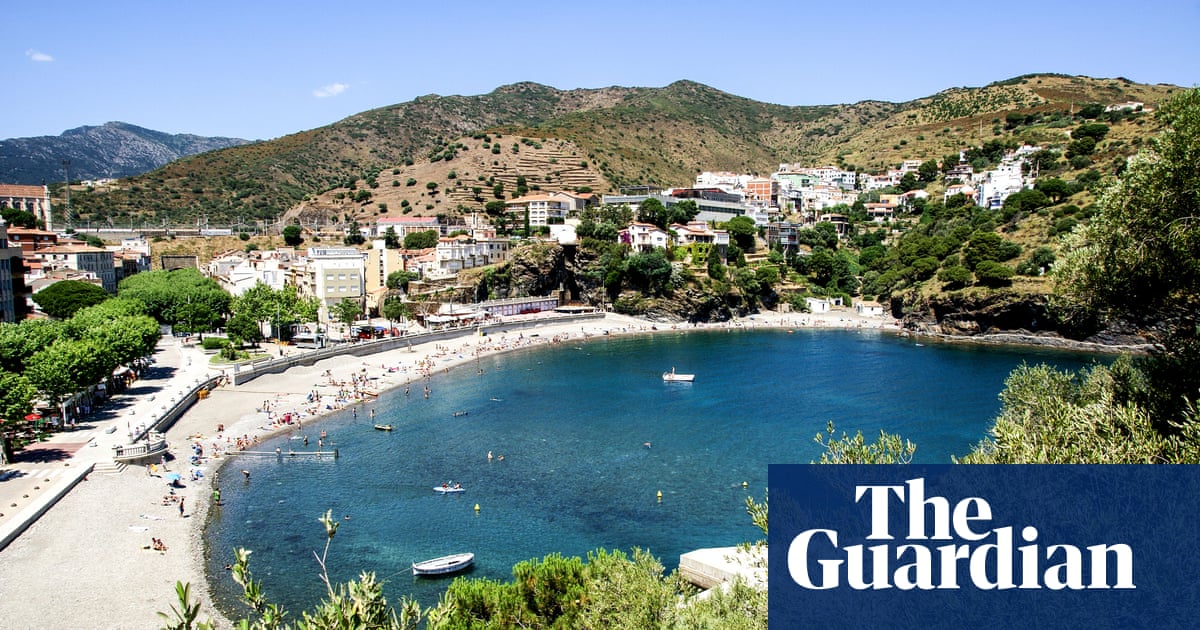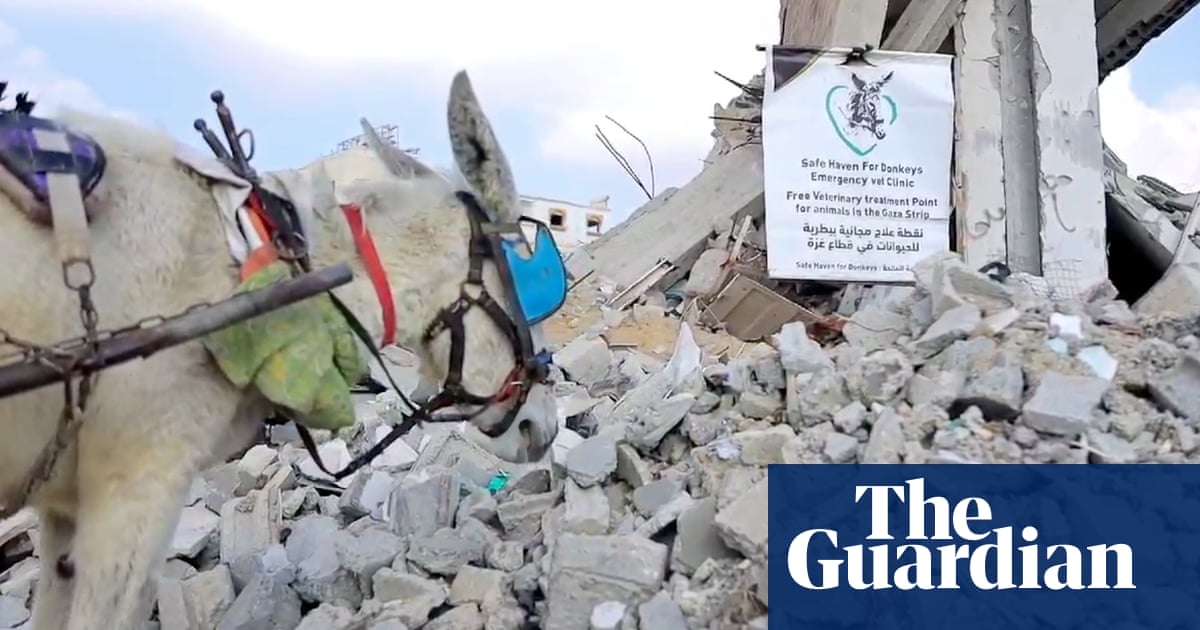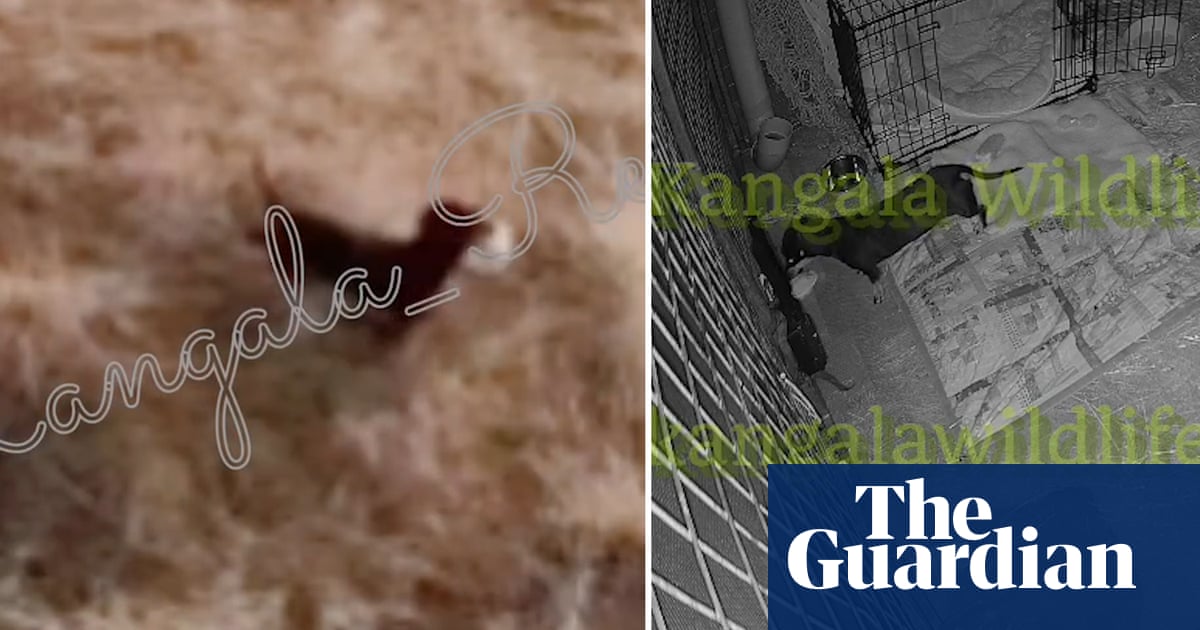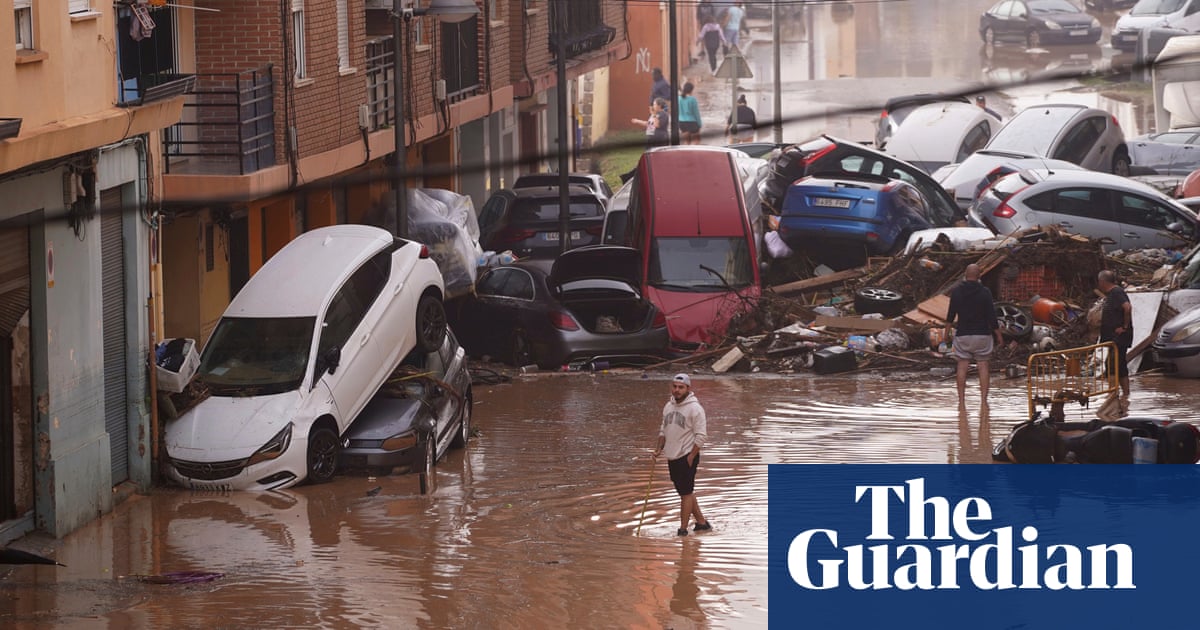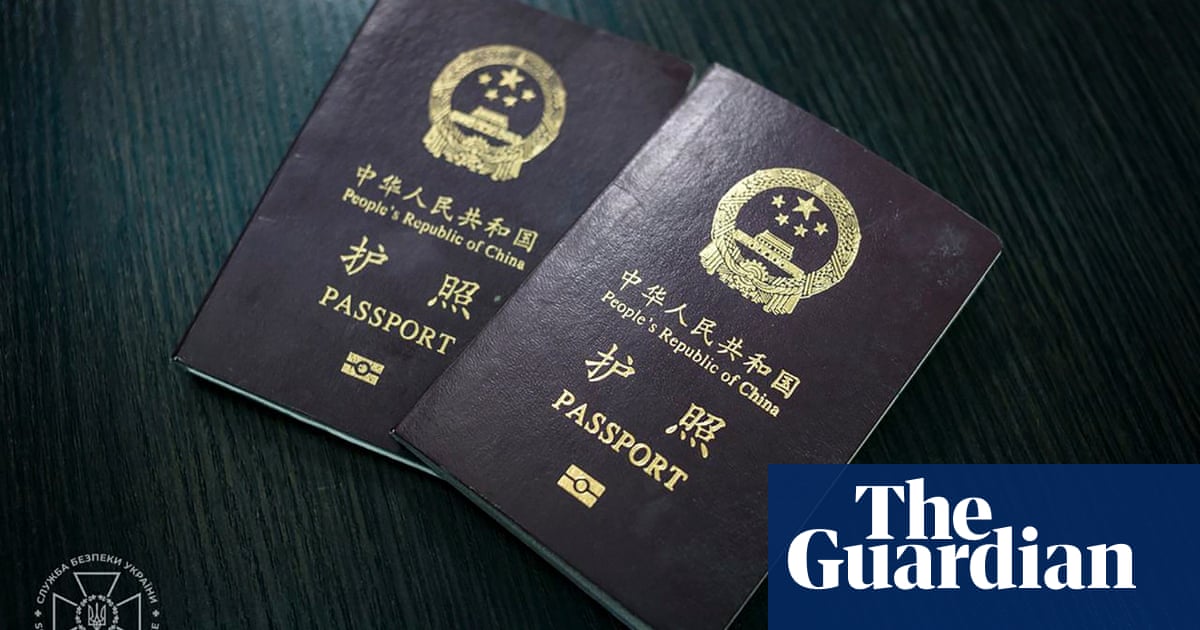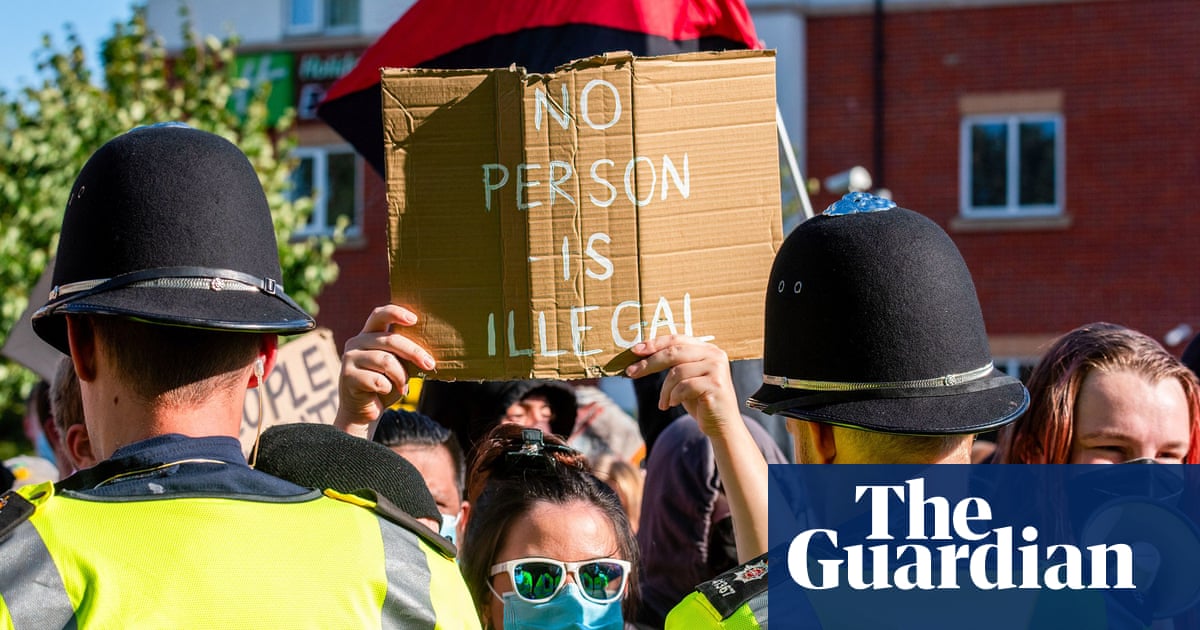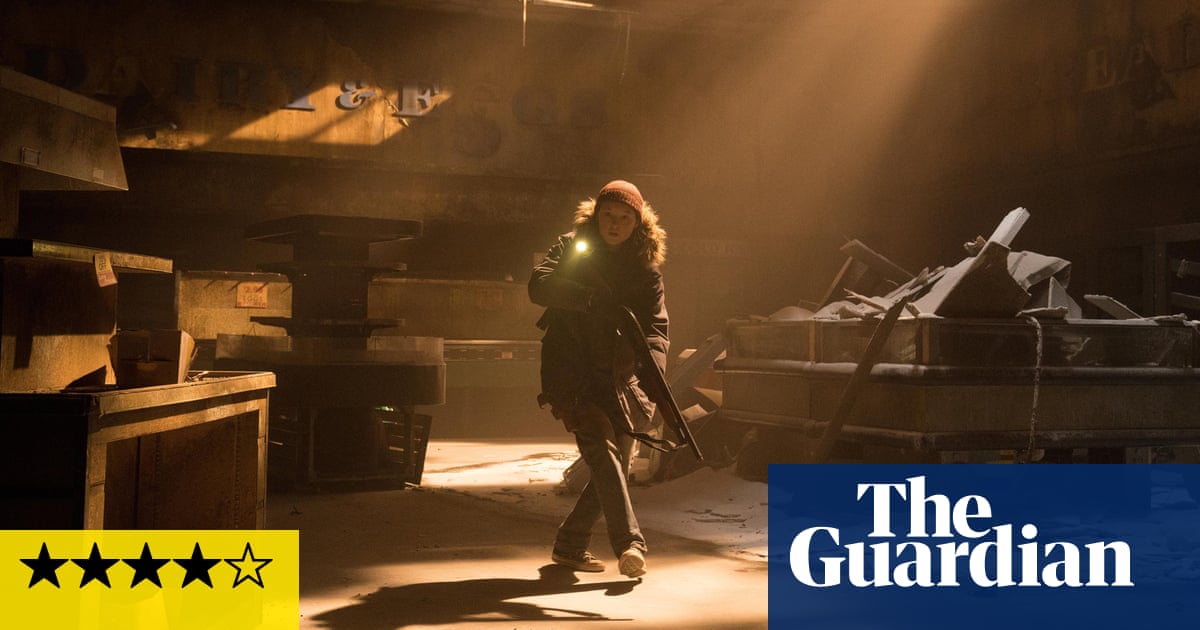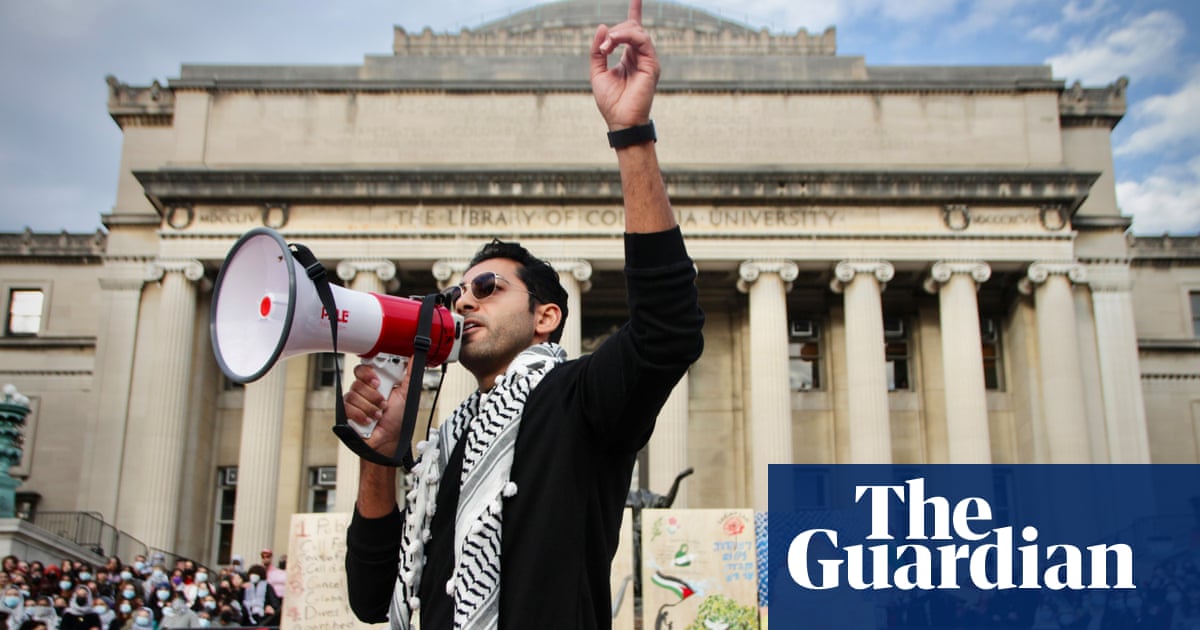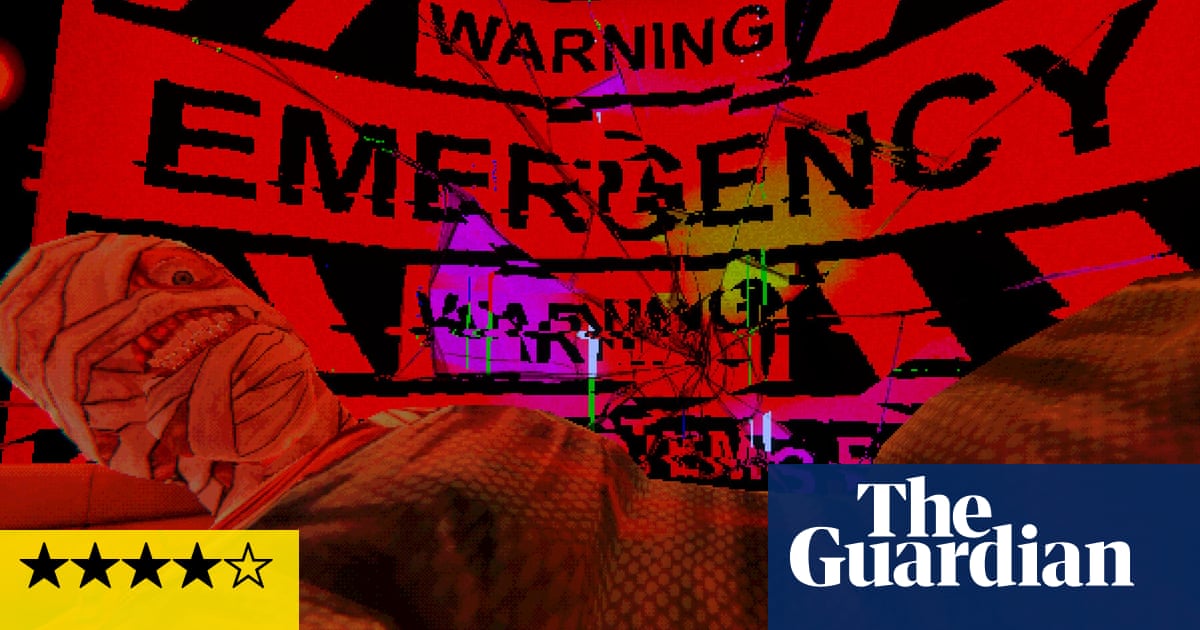There are some stories so horrifying that their details embed themselves in your flesh and haunt you for the rest of your days. The suffering of the women and babies – an estimated 170,000 of them – who were incarcerated and abused in the Magdalene laundries and mother-and-baby homes that housed “fallen women” is one such story. It is a scandal that is difficult to read about without experiencing an overwhelming feeling of disgust, from the testimonies of abuse and forced adoption, to the mass grave at the former St Mary’s mother-and-baby home near Tuam, County Galway, which contained 796 bodies of babies and children. The nuns put many of them in a septic tank. There were no burial records.
The efforts of survivors, campaigners and historians to bring these stories to light in the face of obstruction and indifference has been the work of decades. The Irish government made a formal apology in 2021 after a judicial commission report. Yet this story, and the human misery it has caused, is not over: the last home closed in 1996. There are living survivors, and people who are descended from the victims. The exhumation of the children’s remains, so that they can be identified if possible and given a proper burial, is continuing. And then there is the question of redress.
This week, it was reported that, of the eight religious organisations linked to Ireland’s mother-and-baby homes, only two have offered to contribute to a survivor redress scheme. The Sisters of Bon Secours – the order that presided over the septic tank mass grave – offered €12.97m (about £11m), while the Daughters of Charity of St Vincent de Paul has proposed contributing a building to the scheme. A third religious body – the Sisters of St John of God – declined to contribute, saying there was “no legal or moral” basis to do so as there was “no evidence that our sisters there acted in any untoward manner”, but offered a donation to survivors.
The other five – the Congregation of Our Lady of Charity of the Good Shepherd, the Congregation of the Sacred Hearts of Jesus and Mary, the Congregation of the Sisters of Mercy, the Legion of Mary and the (Anglican) Church of Ireland – made no offer. They gave various reasons – or excuses, depending on your viewpoint. Ireland’s children’s minister, Norma Foley, expressed her disappointment, saying that, while the state had admitted its role in the scandal, more should have been done by the church and the religious organisations.
While public expression by the state of its culpability has been explicit and categorical, the remorse expressed on the religious side has been less clear-cut. Past statements from the orders involved such as “with deep regret … we acknowledge that there are women who did not experience our refuge as a place of protection and care” and “it is regrettable that the Magdalene homes had to exist at all” lack a certain tone of regret, shall we say. The Good Shepherd Sisters, as they are now known, have made particularly impressive use of grammatical gymnastics over the years (“We sincerely regret that women could have experienced hurt and hardship”). Perhaps most shocking was this: “It was part of the system and the culture of the time.”
Nothing from the nuns, or the Catholic church, has really come close to expressing true remorse. A “definitive” apology in 2021 from Eamon Martin, Ireland’s most senior church figure, was worded thus: “I accept that the church was clearly part of that culture in which people were frequently stigmatised, judged and rejected. For that, and for the longlasting hurt and emotional distress that has resulted, I unreservedly apologise.”
Yet the church wasn’t just part of that culture. It was the culture, saturating every aspect of life in Ireland, shaping public attitudes towards women and their babies, encouraging their shaming and ostracising. Some campaigners have called for church assets to be seized unless the institution contributes to a state-run redress scheme.
Without a true acknowledgment of the pain that has been caused, how do you begin to move on from something so traumatic? Yes, there have been memorial events and gardens – in Dublin, a journey stone monument was unveiled in 2022, and the National Centre for Research and Remembrance is to hold records related to the institutional trauma, with a museum and exhibition space. Culturally, the scandal has been intelligently and sensitively revisited, from the novella and film Small Things Like These to the BBC drama The Woman in the Wall, and Sinéad O’Connor’s previously unreleased The Magdalene Song. Liam Neeson is collaborating with Catherine Corless – the amateur historian who devoted many hours to painstaking research into St Mary’s, and who battled on heroically despite widespread indifference when she tried to make the mass grave public – on a film, The Lost Children of Tuam.
There is no chance of these children and their mothers being forgotten now, and that is meaningful. I was too young when I saw in 2002 The Magdalene Sisters, a drama which gave me a lifelong aversion to Irish nuns, so repugnant and sadistic was their behaviour towards the vulnerable women in their control. Being the granddaughter of a woman who was once tarred as “illegitimate” – the bald cruelty of this term, of the thought of labelling a baby thus, is enough to bring tears to your eyes – perhaps led to my interest in this dark chapter of Irish history. My grandmother was born in a mother-and-baby home, but in Wales. It was no picnic, but had she been in Ireland – the country of her suspected father – even greater miseries would have awaited her.
The treatment of children born out of wedlock in Ireland as “an inferior subspecies” – then taoiseach Enda Kenny’s words in 2014 – and the humiliation to which they were subjected is a stain on the church’s history. Corless said in interview at the time that she had lost respect for the Catholic church. She is by no means alone in that.
-
Rhiannon Lucy Cosslett is a Guardian columnist and author
-
Do you have an opinion on the issues raised in this article? If you would like to submit a response of up to 300 words by email to be considered for publication in our letters section, please click here.

.png) 1 day ago
5
1 day ago
5

